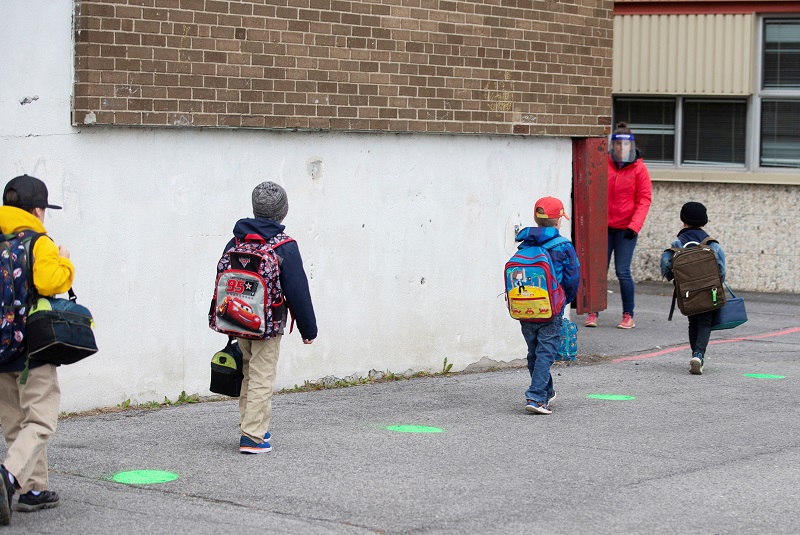It is definitely not easy to have kids home every day; especially since they are losing out on time with their classmates. Many kids have to be home these days due to the pandemic and parents may be already pulling their hair out; hoping that schools will soon open up. Virtual classrooms are the new norm now as parents and educators try to make the best of the situation. Social distancing is the only way to keep kids safe from this pandemic, but it is important to consider how it is affecting kids of different age groups and how parents and teachers can help. This is what we are going to discuss now.
Preschool Kids
Kids going to preschool are going to be the ones to be impacted the most because, at this stage, preschool is their primary foundation for being socially developed. This is especially true because this is the stage where children are taught to interact with peers. Without this opportunity of building such a foundation, these kids may discover the difficulty in developing their social kids, which also includes problem-solving and behavioral prospecting.
Elementary School Kids
During elementary school years, kids are much more independent and at that stage, they start to understand the affiliation between their actions and the consequences. However, at this stage, they will be trying to refine social skills in their peer to peer interactions while at school. Due to the pandemic, school is no longer available to ensure this kind of engagement. In this case, it is the parent’s responsibility to implement and monitor their children’s ability to sharpen their social skills with various at-home activities.
Pre-teens and Teenagers
The groups that will have the most challenge as it relates to social isolation are pre-teens and teenagers. These individuals in these groups are social butterflies. Cell phones and social media can compensate for social distancing. However, most of these teens get very distracted by social media, and focusing on learning may be a huge challenge for parents. In addition, teenagers look forward to social events such as their proms, graduations, and sports activities. That is no longer available during this pandemic. For teens and pre-teens, it may be so much harder to adjust to the new social life. (Modafinil) Parents have to be careful to pay attention to symptoms of anxiety and depression.
Conclusion
Parents should play an instrumental role in offering emotional and mental support to their children; regardless of the age group. Communication is one thing that is of utmost importance. Parents should ask questions and be empathetic. Find ways to help your children stay connected to the world that they once knew as being normal. Provide tools and electronics to facilitate things such as video conferencing, texting, social media, and phone conversations so children can stay engaged during social distancing.





